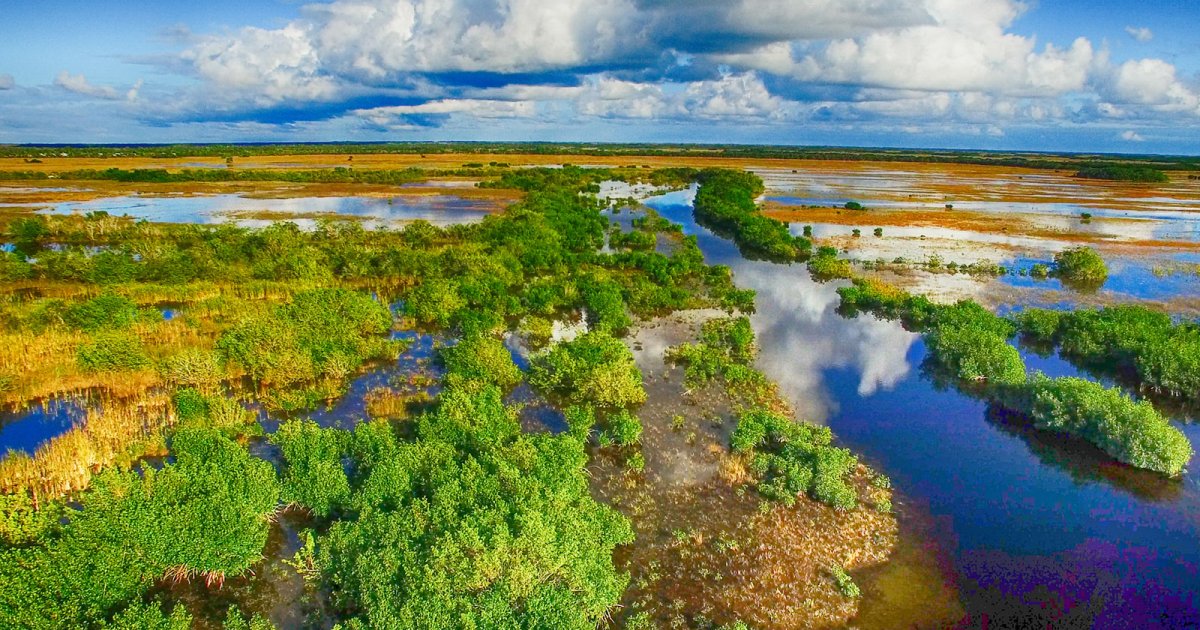EVERGLADES, Itinerary Part 1
 Language: English / USA
Language: English / USA
Hi, my name’s Jill, and I’m your personal guide. Along with MyWoWo, I’d like to welcome you to one of the Wonders of the World: the Everglades.
The Everglades are a huge stretch of subtropical flora that makes up the third-largest national park in the United States.
No visit to Miami would be complete without devoting a day trip to the Everglades. Also known as the “river of grass” by the native Americans, this area south-west of Miami appears as a vast landscape of swampland, rivers, lagoons and grassy expanses stretching beyond the horizon.
I suggest you stock up on insect repellent, because the Everglades are famous for mosquitoes, and decide on the route you plan to take.
There are two main options. The first is to drive along the Tamiami Trail, the main road running through the Everglades to the Gulf of Mexico, while the second will take you southwards, along Highway 9336 to Flamingo.
The Tamiami Trail takes its name from the two ends of the trail, Miami and Tampa, but the most famous stretch is the one that runs from Florida’s capital to the city of Naples. Along this route, don’t forget to stop off at Shark Valley, a tropical forest of cypress trees, marine plants and copses.
If you fancy a diversion, turn off onto the 24-km-long, closed-circuit Tram Road. On the other side of the road is the village of Miccosukee, an interesting destination to find out more about the lives of the Native Americans.
Further along the Tamiami Trail, you’ll come to the Big Cypress National Preserve, a large area of swampland dotted with mangroves, pine and cypress trees.
The Tree Snail Hammock Nature Trail offers the chance to discover the area’s wildlife. If you continue straight ahead, you’ll reach the little village of Ochopee, whose claim to fame is the smallest post office in the USA, housed in an old toolshed.
Before reaching Naples, you’ll pass through the Fakahatchee Strand, a sensational stretch of swamp over 30 kilometers long that has remained unchanged since the Jurassic Period.
An interesting fact: the adjective “big” in the Big Cypress National Preserve refers not to the size of the cypresses, but to the size of the area, covering some 300,000 hectares of swampland.



